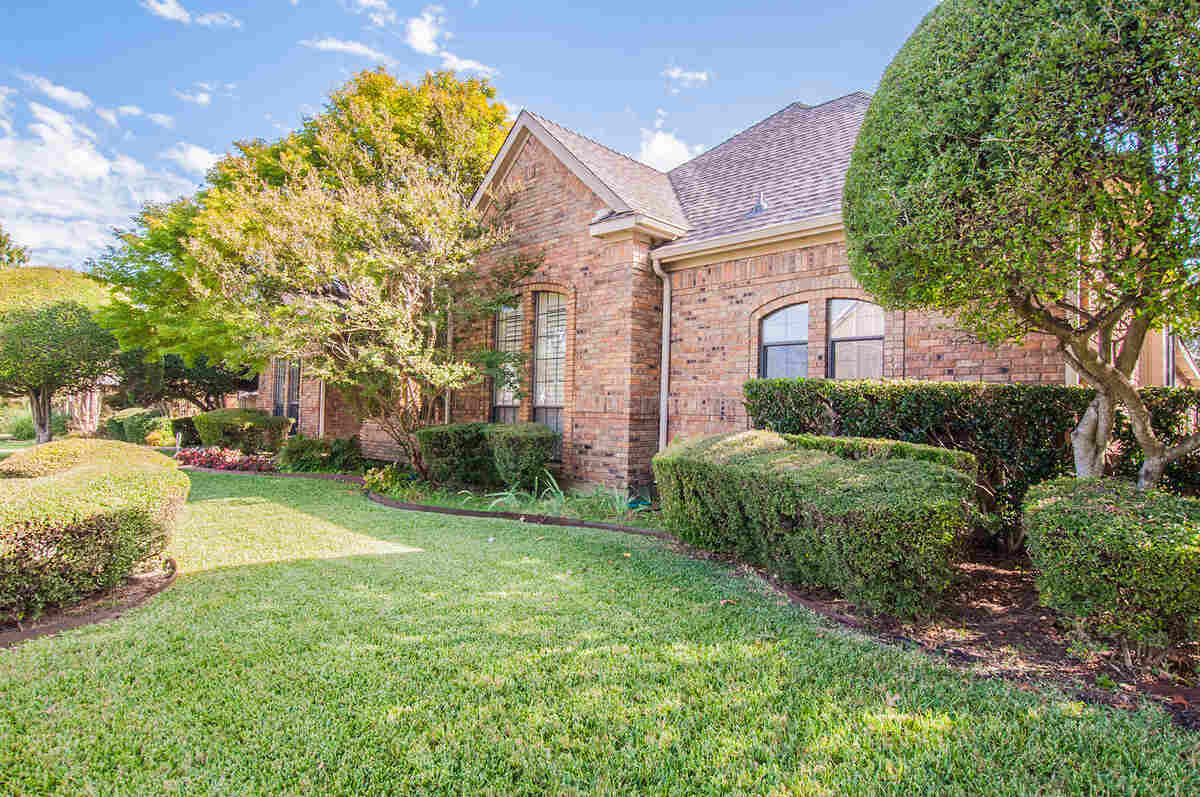
Plano, Texas, is a hotbed for greenery, and there’s no better way to showcase it than by exploring the best grass types for this city. Plano is a true gardener’s paradise, boasting an ideal climate for grass growth with hot summers and mild winters.
Now, if you’re a fan of fun and adventure, you’re in luck! Plano hosts the Annual Balloon Festival every year, where over 40 hot air balloons fill the sky with vibrant colors and patterns. But how does this relate to grass? Well, just like the hot air balloons, each grass type has its own unique colors, patterns, and characteristics that make them stand out from the rest.
So, whether you’re a seasoned gardener or a newcomer to the world of landscaping, join us on this journey to discover the best types of grass for Plano, Texas.
And later, we’ll explain how to choose the best grass type for your Plano lawn.
Bermuda
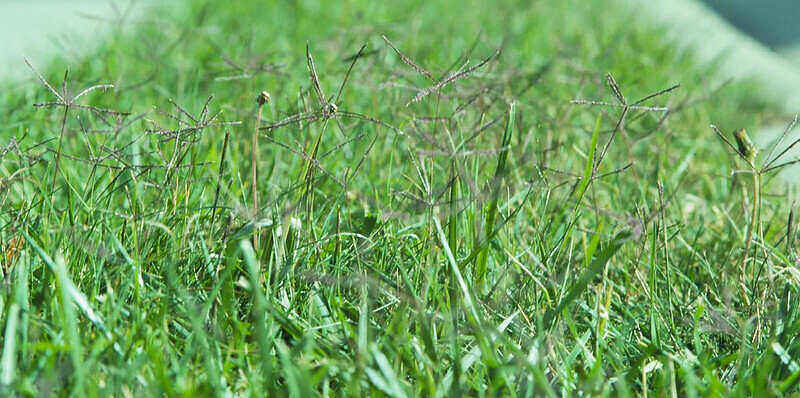
Photo Credit: Matt Levin / Flickr / CC BY-SA 2.0
Bermudagrass is the go-to choice for homeowners in Plano, Texas. And it’s not for nothing: This grass type can thrive in the region’s hot climate and withstand drought conditions. In addition, Bermuda is durable and can resist heavy foot traffic, making it ideal for high-traffic areas such as sports fields, golf courses, playgrounds, and lawns.
Bermudagrass looks thick and does well in most soil types, including coarse and sandy substrates. However, it needs direct sunlight to thrive and doesn’t tolerate shade well. So, if your property has a lot of trees, it might not be the best option.
It’s also important to note that Bermudagrass has a tendency to spread quickly and can invade flower beds and walkways, making it a potential weed. This means that proper maintenance, including regular mowing and proper landscape edging, is essential to keep it contained within its designated area.
- Classification: Warm-season grass
- Spreads by: Stolons and rhizomes
- Shade tolerance: Low; thrives in full sun
- Drought tolerance: High
- Foot traffic tolerance: High
- Maintenance needs: Needs frequent mowing due to fast growth rate; develops thatch easily; needs regular fertilization
- Mowing height: Set the mowing height between 0.5 and 1.5 inches for hybrid Bermudagrass cultivars. Mow common Bermudagrass down to 1.5 to 2.5 inches.
- Potential for disease: Good resistance to disease, although diseases are common; low resistance to insects
- Soil pH: 6-6.5
- Soil type: Tolerates most soil types
- Other notes: There are common, improved, and hybrid Bermudagrass varieties.
Grass Seed Options:
– Pennington Bermudagrass Bare Spot (5 lb. bag)
– Pennington Smart Seed Bermudagrass Mix (8.75-lb. bag)
– Scotts Turf Builder Bermudagrass (10-lb. bag)
– Hancock Seed Co. Bermudagrass (50-lb. bag)
St. Augustinegrass
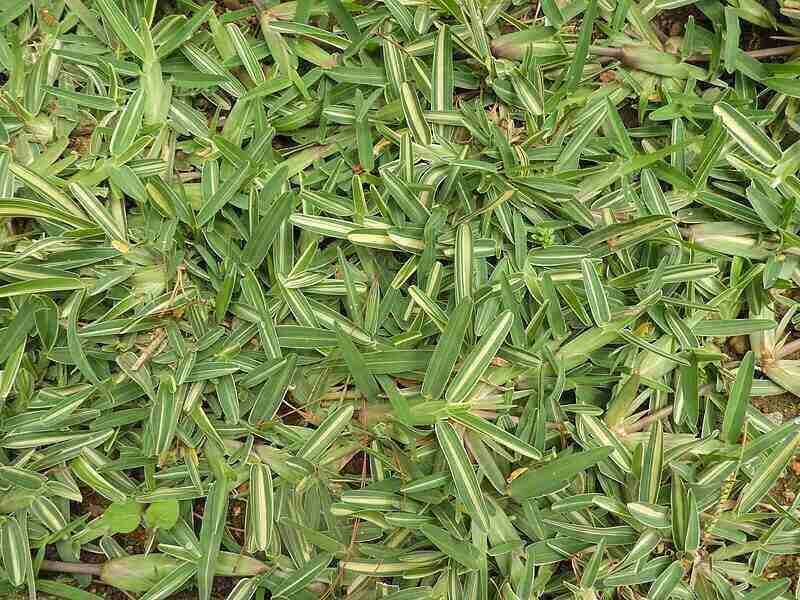
Photo Credit: Yercaud-elango / Wikimedia Commons / CC BY-SA 4.0
If you’re looking for a shade-tolerant type of grass that will thrive in your Plano yard with a few trees, St. Augustine might be the one for you. It tolerates moderate shade and less direct sunlight than Bermuda, which is why it is so popular among Plano homeowners.
One of the most striking features of St. Augustinegrass is how thick and dense it grows when well maintained. While it requires more water than Bermuda, it is still moderately drought-tolerant, and you’ll save on weed control since the dense carpet leaves little room for pesky weeds.
However, it’s worth noting that St. Augustine grass can’t be mowed too short, as this can make it more susceptible to lawn diseases. In addition, if you’re looking for a grass type that can handle heavy foot traffic, St. Augustine grass may not be the best option.
- Classification: Warm-season grass
- Spreads by: Stolons
- Shade tolerance: Moderate. It is the most shade-tolerant warm-season grass.
- Drought tolerance: Moderate
- Foot traffic tolerance: Low
- Maintenance needs: Needs frequent mowing due to fast growth rate; develops thatch easily; needs regular fertilization
- Mowing height: Set the mowing height between 3.5 and 4 inches.
- Potential for disease: Moderate to high
- Soil pH: 6-7.5
- Soil type: Tolerates many soil types; prefers moderately fertile and moist (not waterlogged) soils; doesn’t tolerate soil compaction
- Other notes: Overseeding St. Augustinegrass is not possible as seed is not commercially available.
Grass Plug Options:
– Seed Ranch St Augustine Seville Grass Plugs (2 Trays)
– Seed Ranch St Augustine Floratam Grass Plugs (2 Trays)
Zoysia
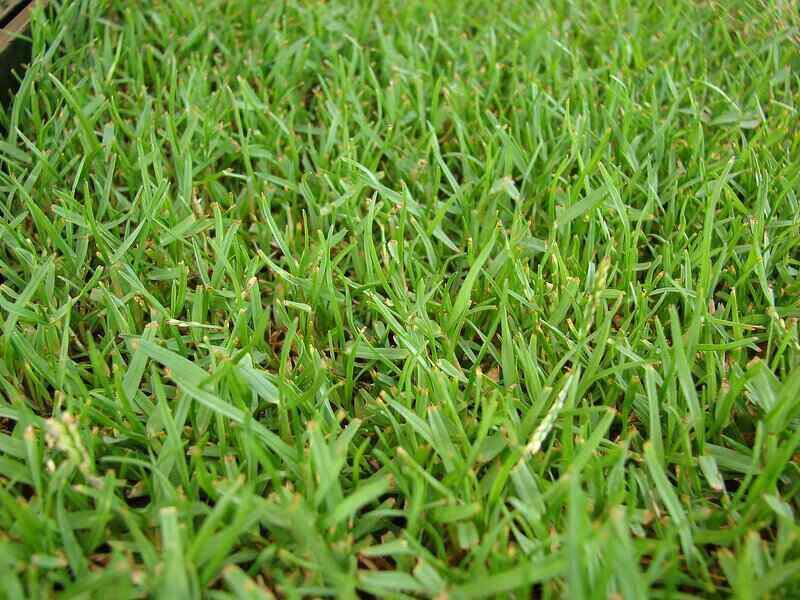
Photo Credit: Forest & Kim Starr / Wikimedia Commons / CC BY 3.0 US
Zoysia grass is a fantastic option for anyone looking to improve the look of their yard in Plano, TX. This grass boasts a gorgeous color and, when well-maintained, can make your home look like a country club golf course.
One of the benefits of Zoysia grass is that it can tolerate some shade, but it does prefer the sun. So if you have trees or pergolas in your yard or if you have neither, your yard will look fine either way. In addition, Zoysia has a good tolerance for lawn diseases in general.
Conversely, Zoysia is less drought-tolerant than other turfgrasses like Bermuda and will turn brown sooner, so you must ensure it receives adequate water during hot, dry periods, like August. This grass also takes longer to establish and spread and requires annual dethatching to keep it healthy.
- Classification: Warm-season grass
- Spreads by: Stolons and rhizomes
- Shade tolerance: Moderate
- Drought tolerance: Moderate
- Foot traffic tolerance: High, but recovers slowly from damage
- Maintenance needs: Low nitrogen fertilization requirements, although, it’s prone to thatch build-up.
- Mowing height: Set mowing height between 1 and 2 inches.
- Potential for disease: Good disease tolerance overall
- Soil pH: 6-6.5
- Soil type: Well-draining, some cultivars more tolerant of a wide range of soils than others
- Other notes: The cultivar Zeon Zoysiagrass is the best option for shade tolerance.
Grass Plug and Seed Options:
– Zoysia Plugs (50 Large Grass Plugs)
– Zoysia Plugs (50 Full & Lush Grass Plugs)
– Zoysia Plugs (100 Plugs)
– Zoysia Emerald Grass Seeds (1/8 lb. of seeds)
– Zenith Zenith Grass Seeds (1/8 lb. of seeds)
Buffalograss
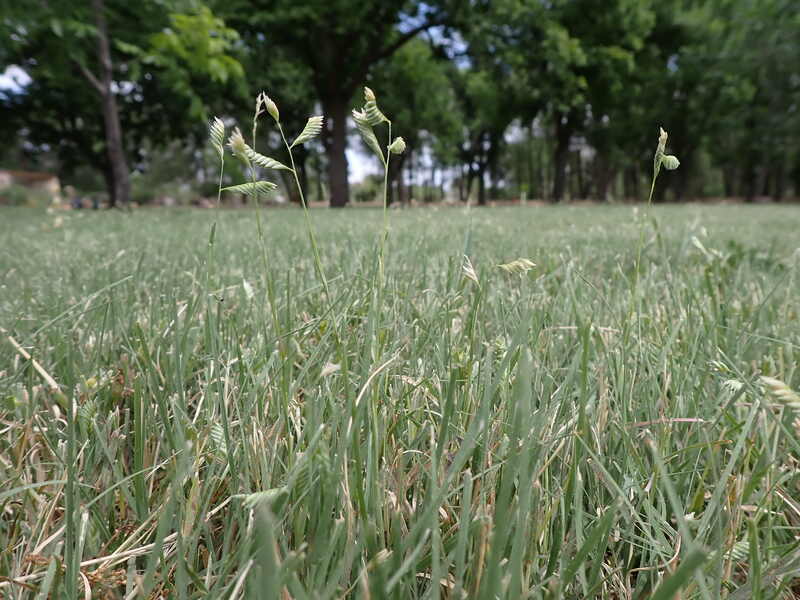
Photo Credit: Matt Lavin / Flickr / CC BY-SA 2.0
Buffalograss is native to the Texas area and is known for its gray-green to blue-green color and dense turf, which makes it an excellent choice for those who want a lush lawn without the high maintenance.
Buffalograss has many pros, including its tolerance against pests, diseases, and drought. This means it can survive the harsh Texas climate even during dry spells. Additionally, this grass only grows up to 6 inches and requires very little mowing.
In contrast, there are also a few cons. Buffalograss is prone to weed invasion, especially during establishment when using older cultivars or when not in ideal conditions, like after long periods of drought, which can affect its density. However, with proper care and maintenance, this grass can thrive and provide a beautiful green lawn for Plano residents.
- Classification: Warm-season grass
- Spreads by: Stolons
- Shade tolerance: Low
- Drought tolerance: High
- Foot traffic tolerance: Low
- Maintenance needs: Low fertilizer and mowing needs. Requires weed control.
- Mowing height: Set the mowing height between 2 and 3 inches.
- Potential for disease: Good tolerance against diseases and insects
- Soil pH: 6.5-7.5
- Soil type: Native clay soils, not sandy soils
- Other notes: Its slow growth rate also means it will take the longest to fill your yard.
Grass Seed Options:
– Everwilde Farms Buffalograss Seeds (1 lb. of seeds)
– Scotts Pursue Buffalograss with Natural Seed (1 lb. of seeds)
– Outsidepride Perennial Buffalo Grass Seed (2 lb. of seeds)
Tall Fescue

Aaron J. Patton, Ph.D. / Turfgrass Extension Specialist at Purdue University
If you’re looking for cool-season grass that can thrive in the North Texas region, look no further than tall fescue. Tall fescue has a dark green color and is well adapted to the hot and often dry climate of Plano, thanks to its moderate drought and heat tolerance.
What makes tall fescue a great option for Plano lawns is its ability to tolerate cooler winters more than warm-season grasses. In addition, tall fescue establishes quickly and can tolerate shade moderately. However, it will need more frequent watering, especially during the dry summer months.
- Classification: Cool-season grass
- Spreads by: Produces short rhizomes but has a bunch-type growth habit
- Shade tolerance: Moderate
- Drought tolerance: Moderate to High
- Foot traffic tolerance: Moderate
- Maintenance needs: Frequent mowing. Does not produce significant thatch.
- Mowing height: Set mowing height to 2 inches when grass reaches 3 inches tall.
- Potential for disease: Tolerant of most diseases when properly maintained.
- Soil pH: 5.5-6.5
- Soil type: Adapted to a wide range of soil conditions, but prefers fertile clay soils with good drainage.
Other notes: In Plano, TX, tall fescue will need more watering during summer.
Grass Seed Options:
– Triple-Play Tall Fescue Grass Seed Blend (5000 sq ft)
– Eretz Kentucky 31 K31 Tall Fescue Grass Seed (choose your size)
– Pennington The Rebels Tall Fescue Grass Seed Mix (7 lb.)
How to Choose the Best Grass Type in Plano
With these many different grass types available, choosing the right one can seem overwhelming. There isn’t one “right answer,” so the key to selecting the grass type for your Plano lawn will depend on various factors, including the amount of sunlight, soil type, and your preference.
Low-Maintenance
For low-maintenance grass types, buffalograss is the way to go. It is a slow-growing grass, which means it requires minimal mowing but may require weed control until it is well-established. It only needs to be mowed every 2 to 3 weeks, making it an excellent option for those who want to spend less time on lawn care. It also requires little watering and fertilizer.
Shade Tolerance
St. Augustinegrass is known for having the highest shade tolerance among warm-season grass, and it can thrive in areas that receive as little as 4 hours of sunlight a day. This makes it an excellent option for those with moderately shaded lawns. Zoysia can also tolerate some shade, but it’s not as shade-tolerant as St. Augustine, as it prefers full sun exposure to look its best.
Among cool-season grasses, tall fescue is the most shade tolerant, although it still needs some direct sunlight to grow well.
Wear Tolerance
If you enjoy hosting barbecues or have pets or kids who love to play in the yard, you may be concerned about the wear and tear on your lawn. In this case, you will want to choose a grass type that can tolerate heavy foot traffic. The two best options for wear-tolerant grasses are Bermuda and Zoysiagrass.
Bring in the Professionals
Selecting the best grass type for your lawn in Plano, TX, is crucial for creating a beautiful and healthy lawn that can withstand the region’s hot climate. The first good news is that several warm-season grass types thrive in Texas, and we have presented the best options in this article.
The second good news is that you can contact LawnStarter’s professional lawn care service in Plano to assist you in maintaining a green and lush lawn throughout the year. People might even be able to spot your lawn from inside the hot air balloons during the festival!
LawnStarter participates in the Amazon Services LLC Associates Program, an affiliate advertising program. LawnStarter earns revenue from products promoted in this article.
Main Image Credit: Brent Eckley / Flickr / CC BY 2.0